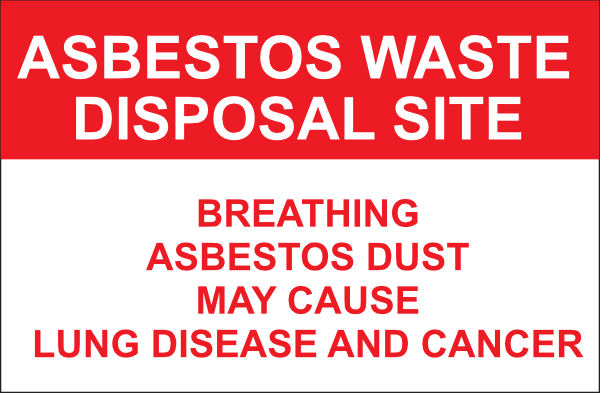Asbestos
 Asbestos is a mineral commonly used as building materials until the mid-20th century. It made desirable insulation because of its widely adaptable uses, its ability to absorb sound, and its resistance to fire, heat, chemical and electrical damage. Because asbestos was later proven to be a serious health risk for people with long-term exposure, its use was heavily restricted in the 1970s. Using very high temperatures, asbestos can be recycled safely into glass safely and responsibly.
Asbestos is a mineral commonly used as building materials until the mid-20th century. It made desirable insulation because of its widely adaptable uses, its ability to absorb sound, and its resistance to fire, heat, chemical and electrical damage. Because asbestos was later proven to be a serious health risk for people with long-term exposure, its use was heavily restricted in the 1970s. Using very high temperatures, asbestos can be recycled safely into glass safely and responsibly.
- Because of the many health risks involved with asbestos, it is important to be properly protected when handling and disposing of asbestos. Avoid direct skin contact by wearing gloves and long sleeves, and a face mask to avoid breathing in any of the fibers.
- Dampen any asbestos before it is moved or disturbed. This will help to keep any of the lightweight fibers to enter the air stream.
- Carefully place the asbestos in industrial-strength trash bags and sealed.
- Deliver the asbestos to your nearest recycling center.
NOTE: Some recycling centers may not accept asbestos at their facility. Be sure to contact your nearest facility to learn about their policies regarding asbestos.
